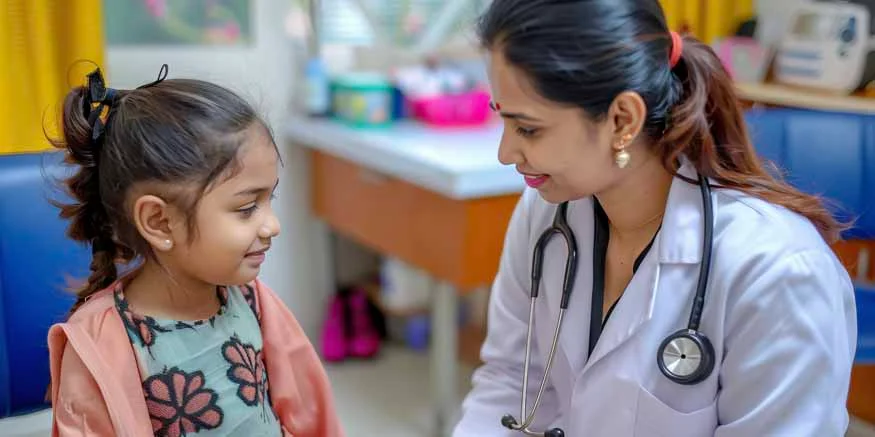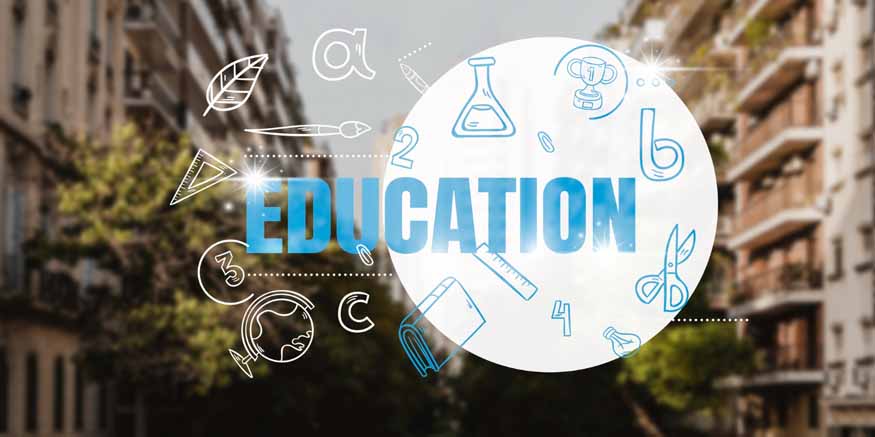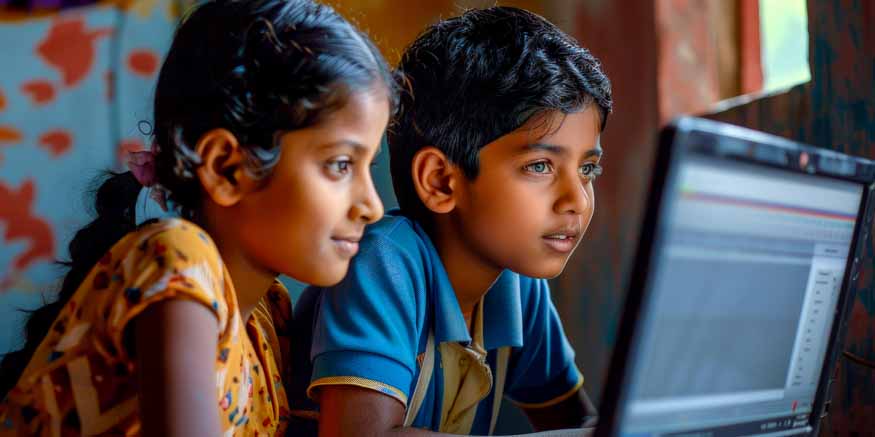It used to be widely believed that adults were the only ones who should be concerned about excessive blood pressure. Still, things are changing, and adolescents are beginning to struggle with it as well. It’s surprising how much more common it is for children and teenagers to struggle with this so far primarily adult-centric problem. After all, high blood pressure is no longer exclusive to adults, as parents, carers, and medical professionals are beginning to realise. Examining this changing situation makes it clear that comprehensive health management increasingly depends on comprehending and treating the difficulties of hypertension treatments in the younger age group.
What is Hypertension?
Given that high blood pressure is no longer only thought to be an adult health issue, it is crucial to understand youth hypertension. It was once believed that adults should be the only ones concerned about it. But as time goes on, children and teenagers with high blood pressure are getting more and more common. Experts, parents, and carers now acknowledge it as a problem that affects people of all ages. Exploring what hypertension is, this shift shows that taking care of overall health increasingly relies on understanding and addressing hypertension challenges in younger individuals.
Since obvious symptoms of high blood pressure are typically subtle, identifying them in young people requires a watchful and perceptive eye. Occasional headaches, dizziness, blurred vision, increased fatigue, or minor difficulty in breathing can be vital indicators. To safeguard children’s and teenagers’ well-being, recognize signs of hypertension and consult a healthcare provider.
Signs and Symptoms of Hypertension in Kids
Children can also be impacted by high blood pressure, so it’s not simply an adult problem. Children with blood pressure readings that are higher than average for their age are likely suffering from hypertension. Regular medical examinations are crucial to tracking children’s blood pressure and spotting any health issues early on.
Detecting signs of high blood pressure in young individuals requires a watchful eye, as overt symptoms are often subtle. Gentle indicators of hypertension include occasional headaches, feelings of dizziness, blurred vision, increased fatigue, or mild difficulty breathing. To ensure comprehensive well-being for children and teens, it’s crucial to identify and discuss these subtle clues with a healthcare practitioner proactively.
Early detection and management of hypertension symptoms can make a big difference in children’s general health and well-being. In order to promote a proactive approach to their health, parents, carers, and medical professionals are essential in monitoring and managing high blood pressure in children and teenagers.
What Causes Hypertension in Kids and Teens?
Understanding why high blood pressure might happen to young people is crucial for prevention. Some simple reasons include:
- Limited Exercise and Entertainment
- Family Links to High Blood Pressure
- Excessive Stress Levels
- Overconsumption of Sugar
- Increased Stress Levels
- Flaws in Hydration Practices
Children who receive little exercise and sport may gain weight and be more prone to high blood pressure. Encouraging outdoor play and family activities keeps kids active and promotes healthy lifestyles.
There is a genetic component to children’s high blood pressure. Children who have a family history of this health issue may be more likely to develop hypertension symptoms. Frequent health evaluations are essential for spotting and reducing possible hazards, highlighting the preventative measures required to preserve ideal paediatric hypertension and cardiovascular health.
Stress can elevate blood pressure, even in children. Creating a peaceful environment and teaching children efficient stress management skills promotes emotional well-being.
In addition to threatening their dental health, kids who consume significant amounts of sugar-filled drinks and snacks are far more likely to develop high blood pressure. Limiting their consumption of sugary foods and swapping them out for nutritious options like fresh fruit or whole-grain snacks safeguards their cardiovascular health and encourages a culture of healthy eating habits.
It is imperative to provide children with effective ways to cope and maintain a calm and supportive atmosphere to preserve their psychological welfare. In addition to improving heart wellness, promoting these behaviours early on helps lay the groundwork for future mental toughness and general well-being.
Overlooking proper hydration can notably affect the blood pressure of children and teenagers. It is essential to point out the need to maintain adequate hydration levels throughout the day. This boosts general health and the cardiovascular system while forming a permanent habit.
Preventing High Blood Pressure in Youngsters
Now, let’s discuss ways to prevent high blood pressure before it starts. Simple habits make a big difference:
- Nourishing Eating Practices
- Active Playtime
- Routine Health Check-ups
- Thoughtful Media Management
Offering a variety of fruits, vegetables, whole grains, and lean meats maintains heart health. Encouraging habits that contribute to heart well-being, such as limiting snacks high in salt or sugar, is essential in the context of hypertension treatments.
Ensuring kids engage in at least 60 minutes of daily play or exercise benefits their overall health. Sports, outdoor play, or family activities encouraging movement promote a vibrant lifestyle.
Regular doctor visits with blood pressure measurements serve as a valuable proactive measure. These check-ups are like a health superhero’s watch, identifying potential issues early for comprehensive health management, including hypertension treatments.
Too much screen time can have an unfavourable impact on general well-being. Setting screen time limitations and encouraging physically active activities are considerate measures that guarantee a balance that is beneficial to a child’s growth and well-being.
Supporting Kids and Teens with High Blood Pressure
When a doctor identifies paediatric hypertension in a child or teenager, constructive measures include:
- Develop Healthier Habits
- Medical Intervention
- Sustained Monitoring
Changing your eating habits and encouraging more exercise are two important ways to help bring blood pressure levels back to normal. To achieve general well-being, it becomes essential to promote healthy lifestyle choices.
Doctors may recommend medication to help lower blood pressure in cases of more severe hypertension. It is crucial to follow the recommended dosage exactly, highlighting the significance of closely following medical recommendations.
Consistent and routine check-ups remain essential to ensure ongoing health stability. Regular assessments serve as a proactive measure, akin to safeguarding the strength and vitality of the heart, reinforcing the importance of sustained medical supervision for a comprehensive approach to managing high blood pressure in kids and teens.
Recognizing the early hypertension symptoms in kids and teens is imperative, but with a few straightforward steps, we can effectively safeguard the overall well-being of our youngsters. Parents and caregivers, through astute recognition of signs, comprehension of root causes, and judicious implementation of minor adjustments in daily routines, play an instrumental role in maintaining the robustness of children’s hearts and proactively preventing potential high blood pressure concerns. Their attentive involvement significantly contributes to the enduring health and happiness of the younger generation.
EuroSchool instils a proactive mindset and healthy habits to ensure overall well-being in young individuals. For more information, do visit our website EuroSchool.com.









